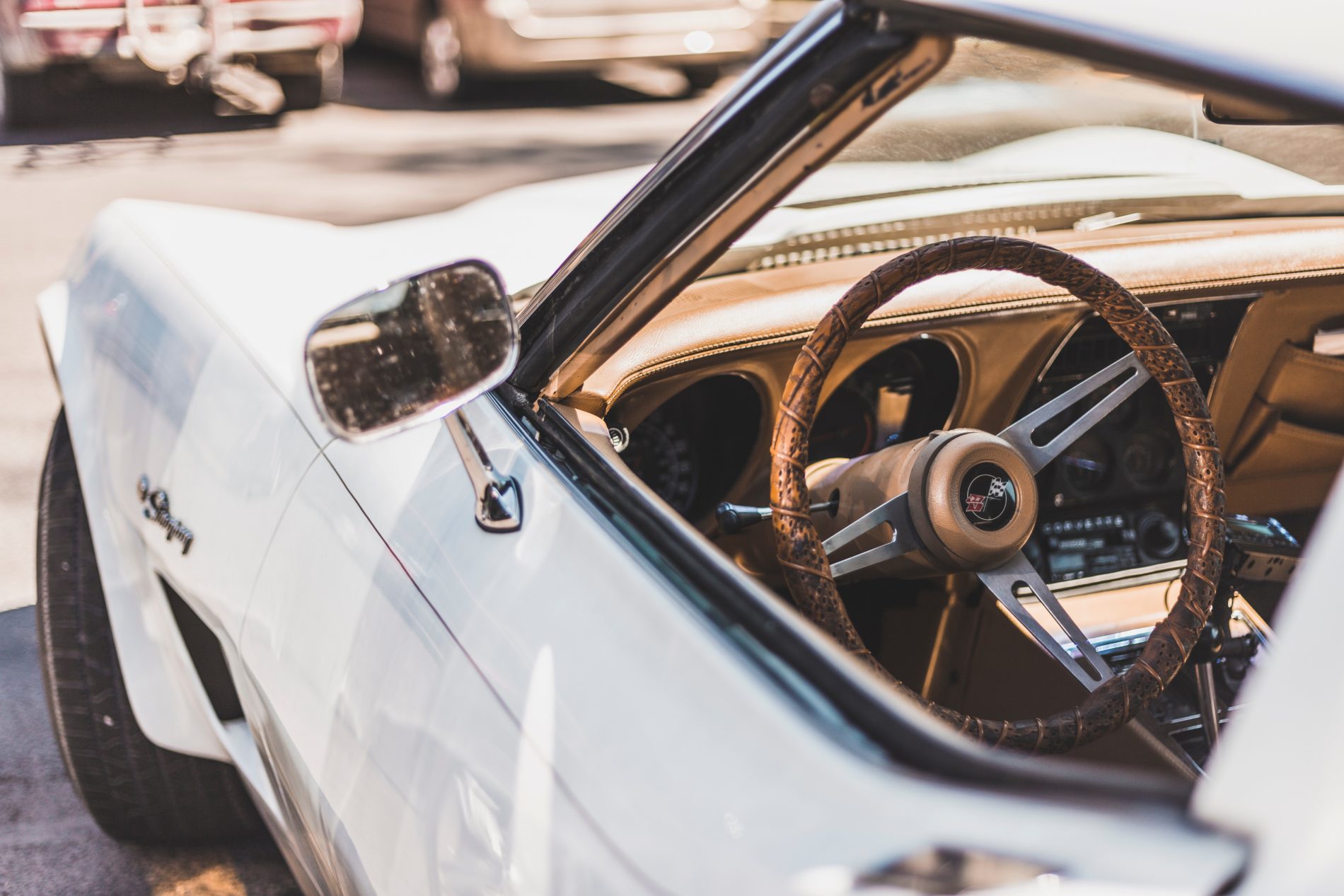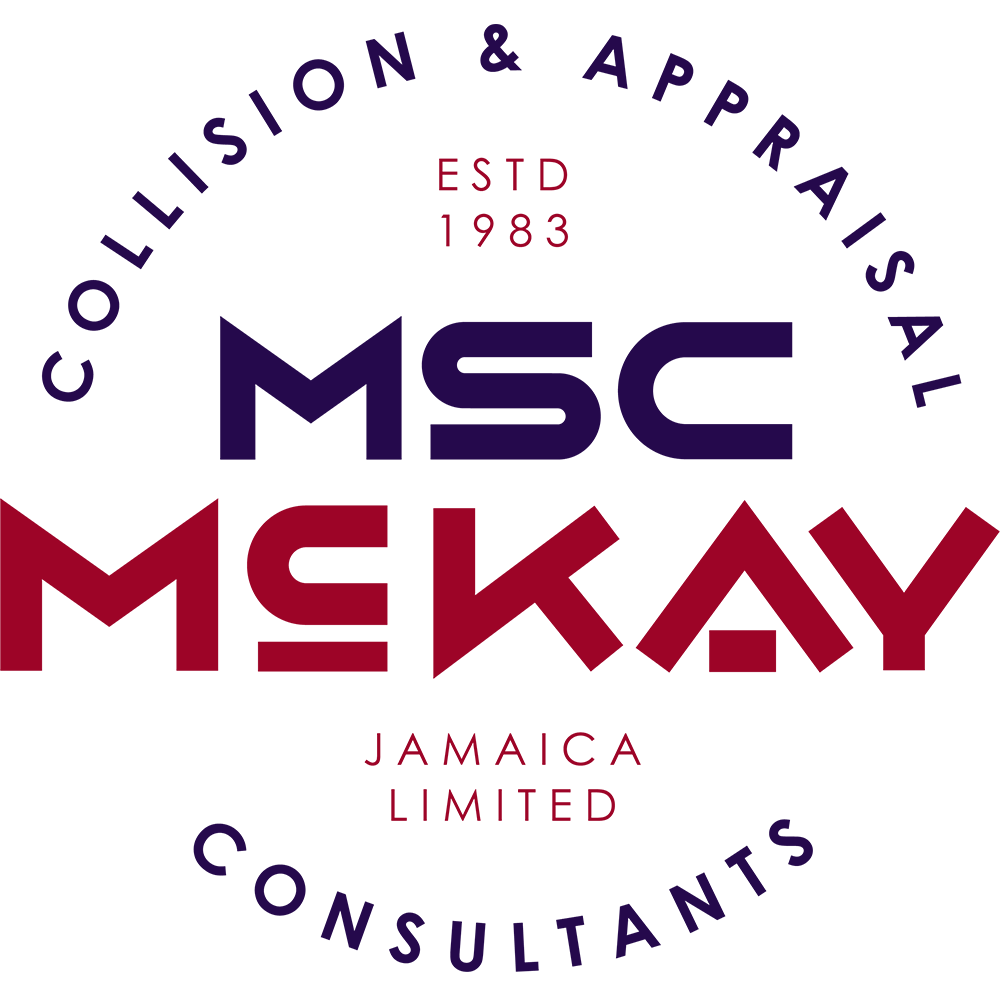Things you should know Part 1:
In times like these, everyone is looking to save a buck, especially when selecting a quality used car. Cost-conscious shoppers may end up finding a bargain with a LHD vehicle, but purchasing a LHD vehicle isn’t always what it’s cut out to be.
While strolling around a car lot you might end up stumbling on that “perfect” looking car. Although the steering wheel maybe on the “wrong side”, you’ll be quick to realize how affordable this car could be. After you’ve sat in it and drooled over the thought of owning it, keep your eyes peeled for two words staring at you in small print – ‘Salvage Title’ in the interior of the car.
A Salvage Title indicates that the car had suffered enough damage to be deemed a ‘Total Loss’, or as Jamaicans are quick to put it “It did right-off”. Now hold your horses! Given that the car was a total loss, it doesn’t always mean that the car had a massive collision, it only means that the cost of the damage done to the vehicle was more than the cost to repair the unit.
What happens next is that, depending on the US State the car came from, generally the motor vehicle agency would issue a ‘Salvage Title’ or ‘Junk Certificate’. It only means that the car cannot be driven, sold or registered in its current condition. Insurance companies then sell the salvage to a repair shop or parts dismantler. If the vehicle has been repaired, it will undergo a safety check/inspection before the governing agency issues a new title. When the State issues this title, it will now be ‘branded’ so that future owners will know that the car has been salvaged.
Keep your eyes peeled for Part 2, as we delve into the different kinds of damages usually associated with a salvaged and rebuilt vehicle.
Visit MSC McKay for information on how to check your car history today.


